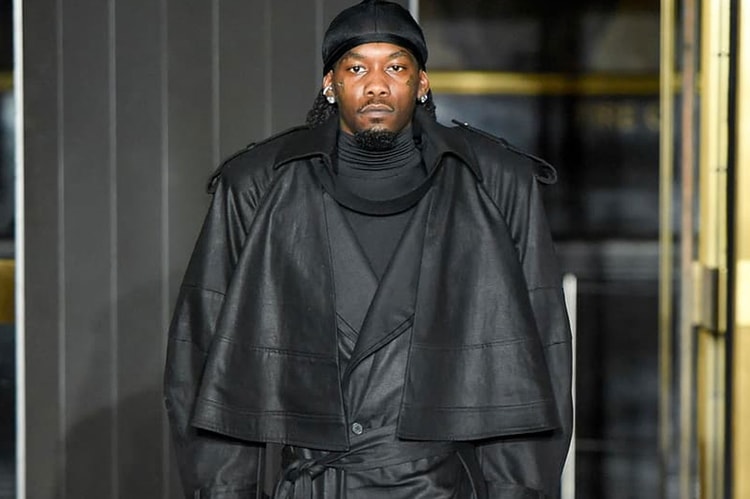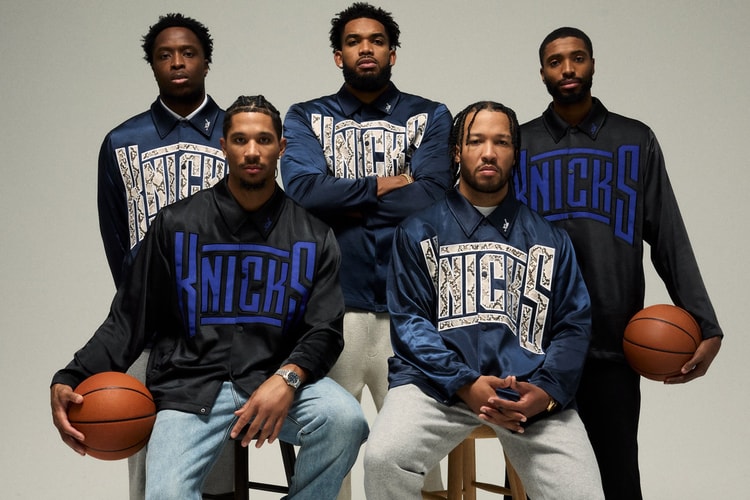John Mayer Talks to 'The New York Times' About His Love of Watches
Known primarily as an accomplished music artist, John Mayer is also respected in horological

Known primarily as an accomplished music artist, John Mayer is also respected in horological circles for his discerning taste and advocacy of the appreciation of timepieces. Choosing instead to investigate this significant facet of Mayer’s character, journalist Alex Williams of The New York Times recently sat down with the singer as he discussed his very first watch, how his successive love interests viewed his obsession with watches as a “symptom,” and what he reckons of the hubbub surrounding the Apple Watch. Mayer then reveals some highlights of his collection, as well as discussing his role as a regular columnist for HODINKEE. Read the excerpt below and the full article by clicking here.
After a decade of serious collecting, he was established enough as a connoisseur to ask Patek Philippe (the Geneva-based maker of ultra-high-end watches, founded in 1839) to make him unique pieces by request. One was a white gold 5004G with luminous hands, typically a feature associated with casual sport watches. He needed to see them on stage, he told the company. “It was not about whether I wear each and every one on stage, but it has an intention to it,” Mr. Mayer said, comparing it to the watch Sir Edmund Hillary wore to the top of Mount Everest. “It’s made to support an endeavor.”
While he had become a connoisseur, he was no snob. As a man who hunts down vintage $130 Casio G-Shocks on eBay, he shrugs off what he calls the “L word” (luxury) and hopes that those outside the insular watch community will understand that his passion is educated, and thus pure. “I’ve always pitched this theory of, if a guy comes up to a restaurant in a red Ferrari, you kind of recoil,” he said. “But if you find out that the guy owned 14 of them and he writes a blog on them, then you can appreciate it, because you can trust that there’s a depth to it.”
















